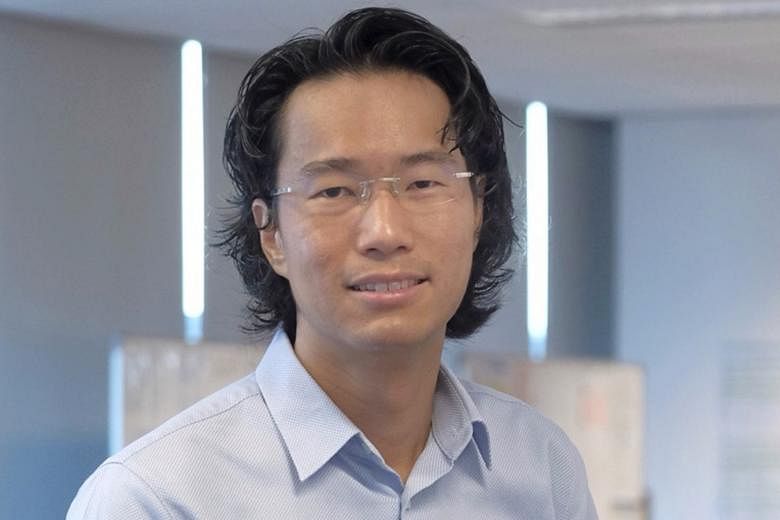Singapore's approach to contact tracing can be likened to a block of Swiss cheese. Each method may have its shortcomings, but put together, they make up a solid whole.
"Every layer has holes in it," explained Associate Professor Vernon Lee, who heads the Ministry of Health's (MOH) contact tracing centre. "But because we have multiple layers, the holes do not align with one another."
For example, tools such as TraceTogether provide an immediate first indication of a Covid-19 case's close contacts, and are complemented by highly detailed molecular tests that determine the degree of similarity between cases, but typically take a longer time to process.
Prof Lee was speaking to The Straits Times and Lianhe Zaobao on the various contact tracing methods Singapore has developed - including tech tools such as the SafeEntry system as well as genetic testing capabilities to help experts map out the virus' "family tree" - that have made the job much easier.
Around eight in 10 quarantine orders are now also served electronically, speeding up the process of ring-fencing Covid-19 clusters and saving on manpower.
The tech tools and molecular testing abilities have significantly reduced the average number of days needed to identify and quarantine close contacts of confirmed cases.
At the beginning of the outbreak, it took an average of four days for Prof Lee's team to identify and quarantine a close contact of a confirmed case. A year on, this figure has been cut to 1.5 days.
Prof Lee, who is also director of MOH's communicable diseases division, said his team started out having to interview Covid-19 cases individually on their whereabouts in the days immediately preceding their diagnosis, using special techniques to jog their memories. Now, TraceTogether and SafeEntry data automatically fills in some of the blanks.
Molecular testing is also carried out on every case where possible, allowing scientists to determine how one case may be related to another.
It was through such tests that MOH found that 13 people, initially classified as imported cases when diagnosed with Covid-19 last year, had likely been infected after their arrival here. They had flown in from countries such as the United States and South Korea, and served their stay-home notice at the Mandarin Orchard Singapore Hotel.
Such genetic mapping takes time, but contributes valuable information to the contact tracing effort, Prof Lee said. Action can be taken as soon as there is enough information to suggest that someone has been in close contact with a confirmed case. "We do not have to wait for the complete set of data to come in, as long as we have sufficient cause to label a person as being a close contact," he added.
On the different strains found in Singapore so far, Prof Lee said they are very similar to those circulating globally because most new cases are imported. "We are monitoring all these very closely, and we also have collaborations with partners all over the world."
But the work is not yet done. With the pandemic set to last some time yet, his ministry is still working to make its systems faster and more efficient, and to ensure staff keep abreast of the latest developments.
"We cannot rest on our laurels," Prof Lee said, urging Singaporeans to keep up the fight by observing safe management measures and making use of contact tracing tools. "Just because we have done well so far doesn't mean that this is it."


